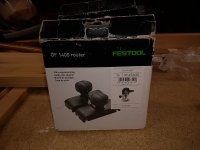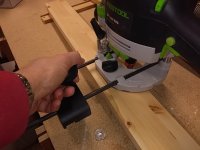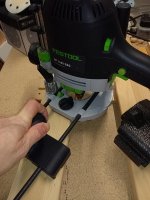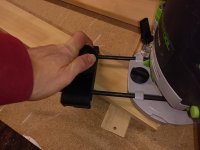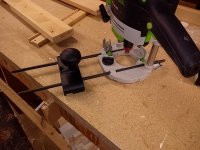I am relatively new to woodworking (I am a hobbyist) and use my OF1400 as my main router for groves, dados, flush trimming and edge profiles. When routing smaller edge profiles (such as 1/8” roundover) with my OF1400, I feel that it tends to tip (not balance) which messes up the edge profile.
Of course because the router is quite large this is to be expected when the material is not very wide/thick.
I think that its probably unfair to ask the 1/2” router to work for small pieces so I was thinking of buying the MFK 700 (or another trim router) for these more delicate tasks?
Any ideas?
Of course because the router is quite large this is to be expected when the material is not very wide/thick.
I think that its probably unfair to ask the 1/2” router to work for small pieces so I was thinking of buying the MFK 700 (or another trim router) for these more delicate tasks?
Any ideas?

